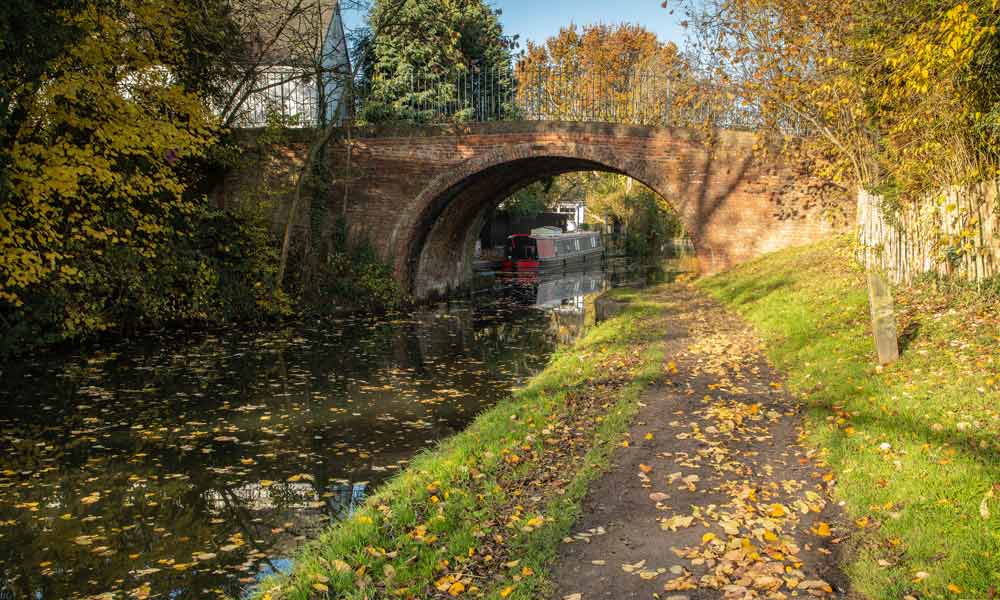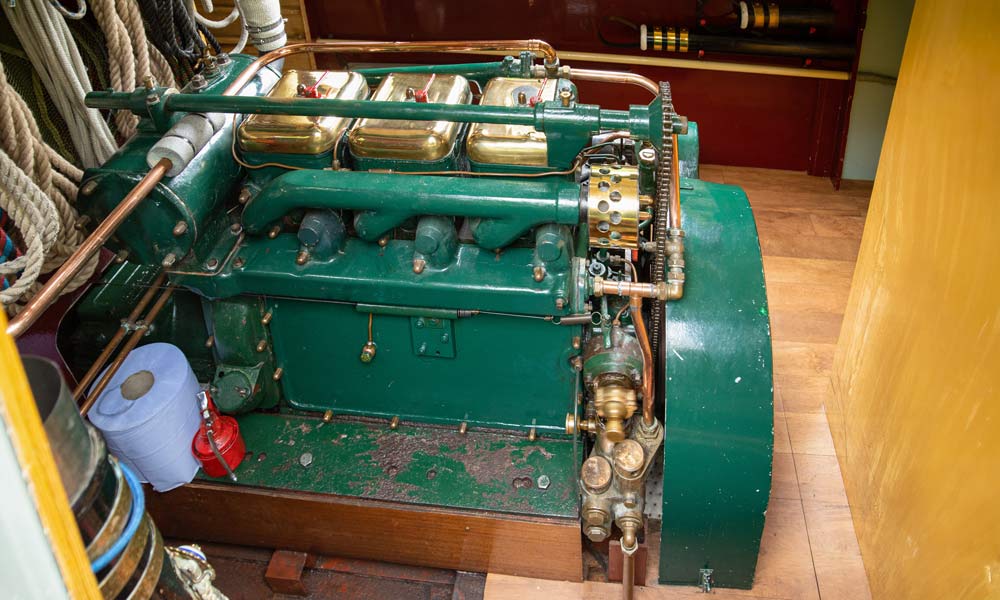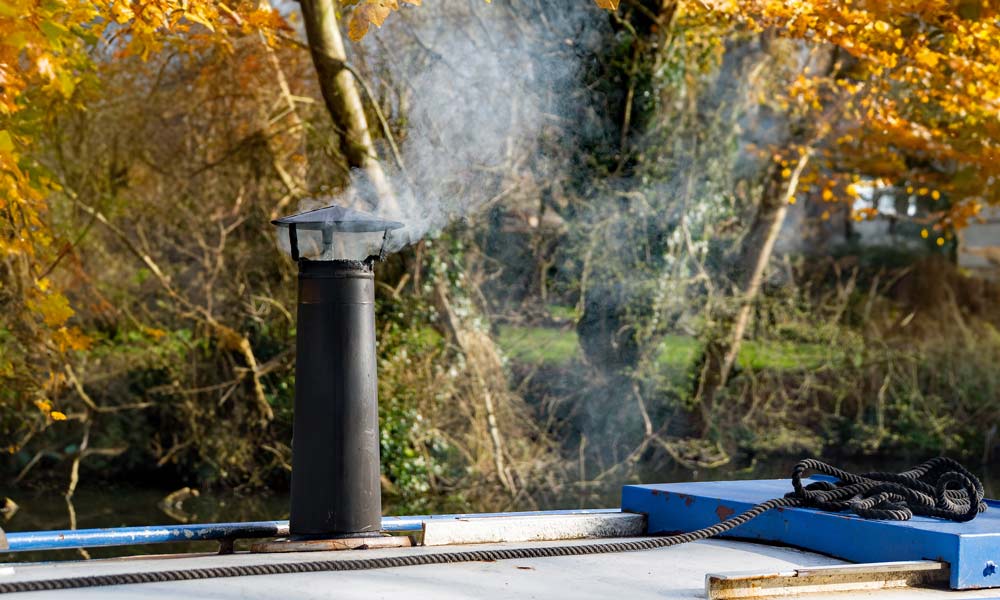Autumn on the inland waterways
5 tips to enjoy a trip on the inland waterways this autumn

Autumn is a wonderful time for cruising the inland waterways. The summer crowds have receded, temperatures are still comfortable, and nature's colours are arguably at their most stunning. All in all, it's a pretty great time to be on the water.
Whether you're a boat owner or thinking about hiring one for a day, a week, or even a long weekend, here are our top tips to make the most of your time afloat this autumn.
1. Check your speed
While the foliage framing the waterways may be beautiful, it’s also at its most fragile. The inland waterways are one of nature's dumping grounds for trees and bushes shedding their leaves. Therefore, as your boat moves through the water, it will inevitably collect some debris in its propeller.
To help avoid this, check your water pattern and propeller wash is clear. If not, a quick reverse will get any leaves off and speed you back up.

2. Feed the power
Even if the daylight hours are pleasantly warm, cruising hours will be shorter and the nights cooler in autumn, meaning the drain on your domestic battery is greater. The battery system is the heart of your boat. Whilst afloat, you’ll rely on your batteries for light, water pumps, starting the engine and much more.
Therefore, onboard maintenance is essential to ensure that your electrical systems continue to perform safely and efficiently throughout the colder months.
Recharging the batteries requires engine power so try to get enough cruising hours in the day to make sure your battery is sufficiently topped up for when you stop.
Common sense housekeeping, such as turning lights off or switching to LEDs, will also prolong battery life.

3. Breathe easy
This is the time of year people start to fire up solid fuel stoves, but with that comes the danger of carbon monoxide poisoning. Always check your gas appliances and flue joints for gas leaks and make sure the chimney is clean. You should also make sure all ventilation around the boat is clear from obstruction, especially fly screens, which can get very bunged up after a summer of cruising.
Make sure you know where your carbon monoxide alarm is and test it frequently. Should a leak occur, you will be alerted to the presence of the silent killer gas in the cabin.
Portable generators MUST be used outside of any cabin space, the bank is the best place. However, bear in mind that do-it-yourself exhaust systems can be killers.

4. Dress for success
Even the warmest days get cooler much quicker during the autumn months and where a t-shirt might have been adequate at the height of midday, by mid-afternoon it won't be.
Don't forget the helm needs to be kept warm even when everyone else has retreated to the sheltered comfort of the cabin. It isn't unheard of for helms to suffer the first degrees of hypothermia at this time of year, so keep checking they have enough layers to stay warm.
A solid stream of hot drinks will help!

5. Take it steady
Although it might feel warm during the day, autumn inevitably brings more moisture, whether in the form of rain or dew. The closer we get to winter, this moisture will likely freeze as frost and even ice.
Take extra care moving around the boat, towpaths, and locks. As deck surfaces get slippery, paths get muddy giving you less grip underfoot.
If very chilly, lock mechanisms can freeze, and the metal can be extremely cold to touch making gloves with good grip a must.

Getting started
Most hire companies won’t require any previous experience or training, however the prospect of taking responsibility of a boat, especially for the first time or after a long break, can be a daunting prospect.
The RYA Inland Waterways Crew and Helmsman courses will teach both beginners and seasoned boaters everything you need to know in just a couple of days.
Find a training centre near you and start operating the locks safely and confidently any time of year.
